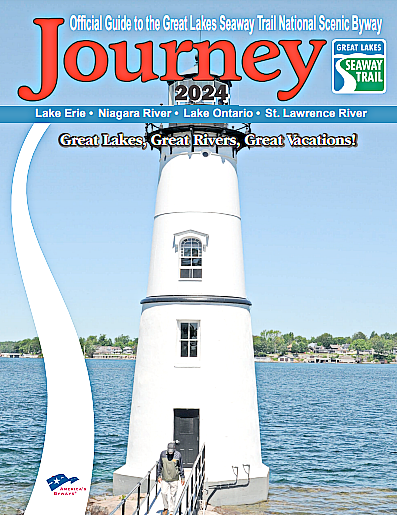- + LET'S GO THERE
- SKIING / WINTER ADVENTURE
- + THINGS TO DO
- + TOURS
- + WINE & DINE
- + STAY
- CALENDAR
- + MAPS, BLOGS & MORE
- Site Search
The Making of Maple Syrup is a Sweet Business
posted by Teresa Farrell at 2023-03-03 18:47:00
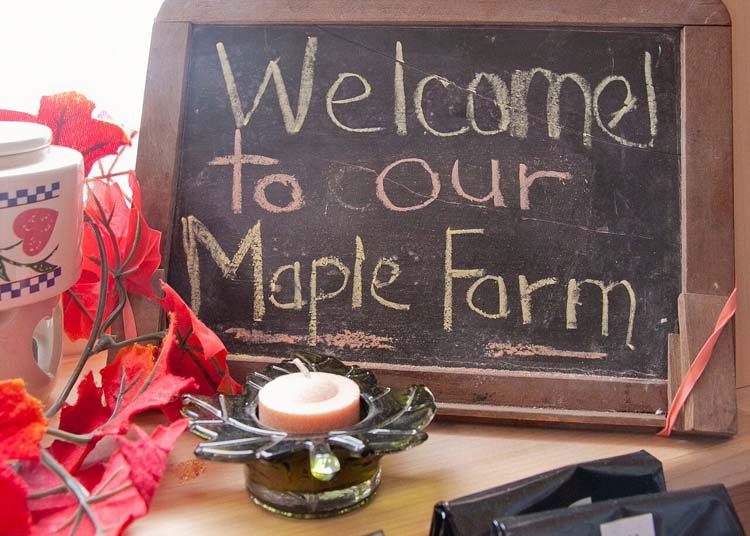 Upstate New York is one of the most productive areas in the country for real maple syrup. It’s been a staple since the times of early Native Americans, and today there are thousands of producers of the sweet stuff throughout the state. In fact, New York is the second largest producer of maple syrup in the United States; only Vermont churns out more.
Upstate New York is one of the most productive areas in the country for real maple syrup. It’s been a staple since the times of early Native Americans, and today there are thousands of producers of the sweet stuff throughout the state. In fact, New York is the second largest producer of maple syrup in the United States; only Vermont churns out more.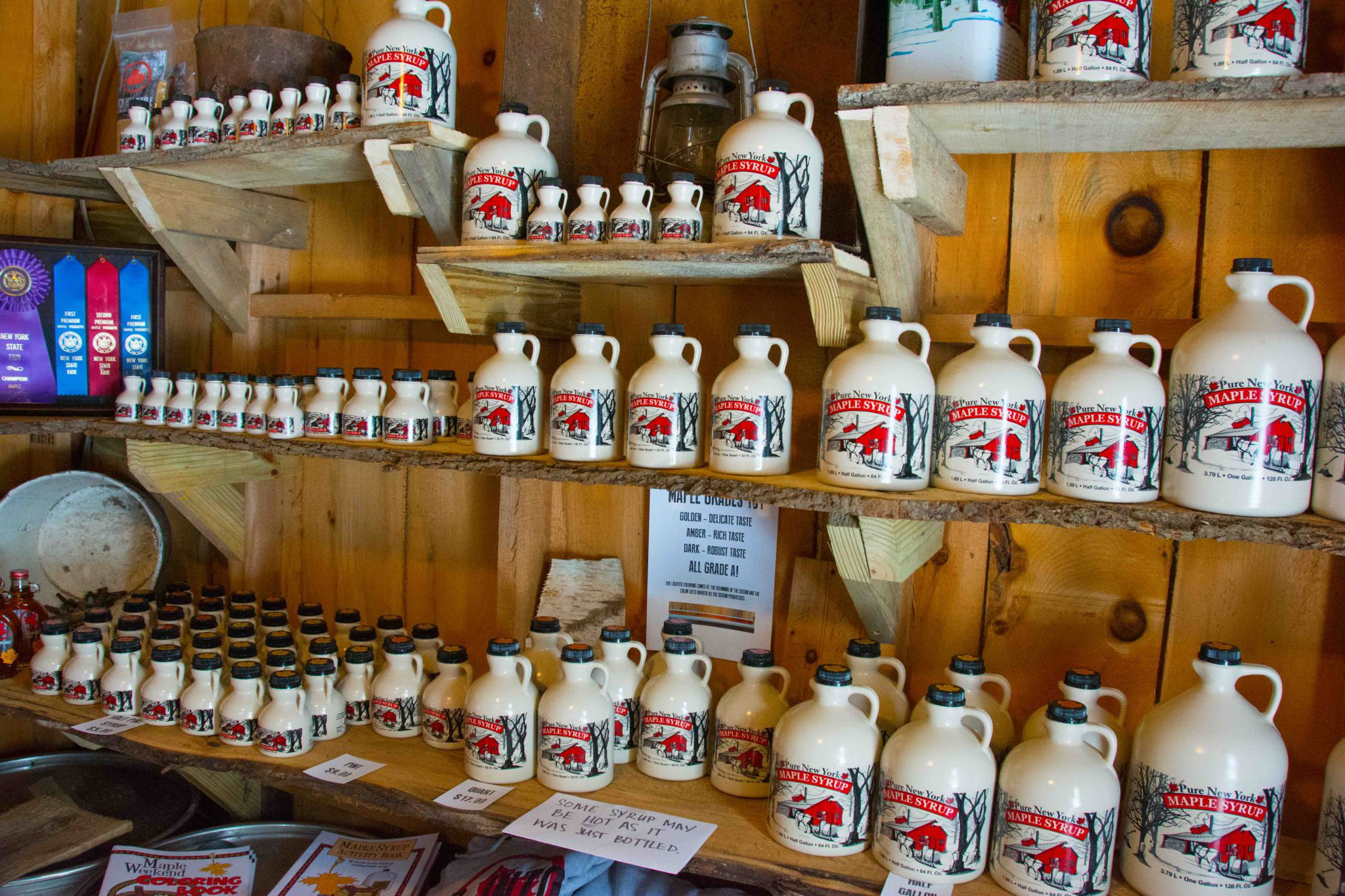 Wherever you are in Upstate New York, odds are there’s a maples syrup producer- known as “sugarmakers”-- relatively close by. There are hundreds throughout upstate, in the Adirondacks, the Thousand Islands, the Finger Lakes, the Capital Region, Central New York, Western New York, the Chautauqua-Allegheny region, the Catskills, and the Hudson Valley.
Wherever you are in Upstate New York, odds are there’s a maples syrup producer- known as “sugarmakers”-- relatively close by. There are hundreds throughout upstate, in the Adirondacks, the Thousand Islands, the Finger Lakes, the Capital Region, Central New York, Western New York, the Chautauqua-Allegheny region, the Catskills, and the Hudson Valley.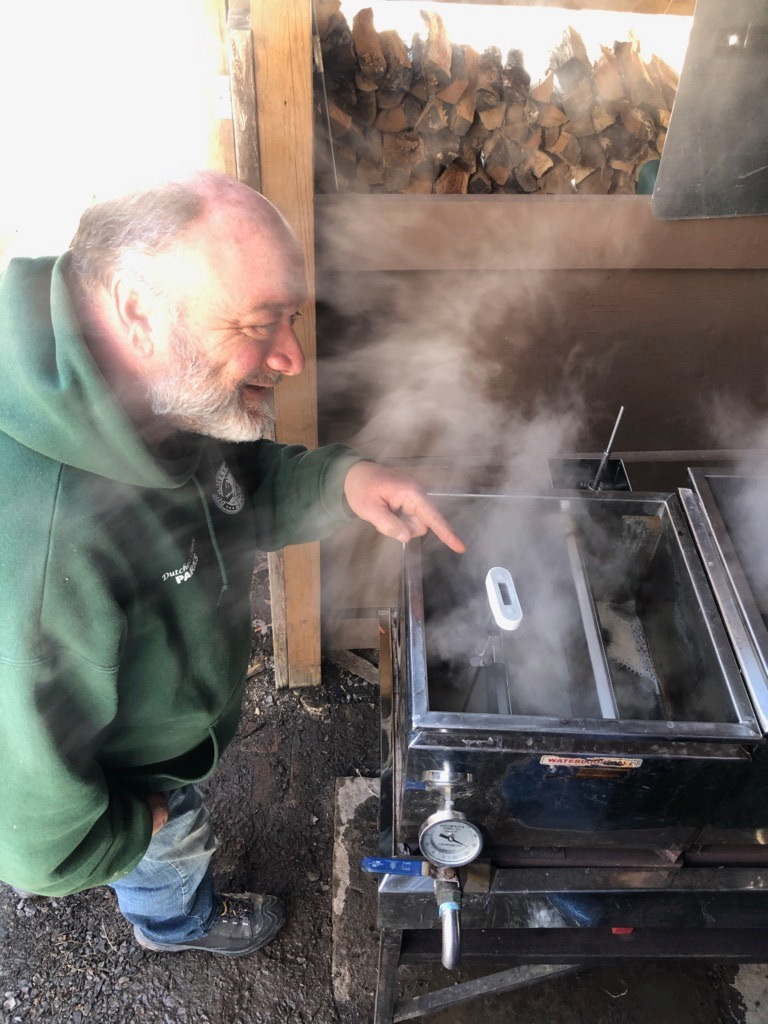 Whichever corner of the state you’re in, you’ll find sugarmakers have one thing in common: they have to be dedicated to their craft. It takes a lot of work and a lot of sap to produce real maple syrup, which is why it’s treated (and sometimes referred to) as “liquid gold,” but it’s certainly worth the price tag—especially once you’ve seen all that goes into making a tiny bottle!
Whichever corner of the state you’re in, you’ll find sugarmakers have one thing in common: they have to be dedicated to their craft. It takes a lot of work and a lot of sap to produce real maple syrup, which is why it’s treated (and sometimes referred to) as “liquid gold,” but it’s certainly worth the price tag—especially once you’ve seen all that goes into making a tiny bottle!This unique sweet is produced by collecting the sap of maple trees, then boiling it, but it’s not quite as simple as it sounds. It takes 40 gallons of sap to make 1 gallon of syrup, since the sap is 98% water and only 2% sugar, and the season is short. Typically, there are only a few weeks that yield the appropriate weather conditions to get the sap running and collected, and once that’s done, the boiling process can take several more. Boiling maple sap requires constant supervision and temperature monitoring to make sure it comes off the heat when it reaches 219 degrees exactly—the temperature where it officially becomes maple syrup.
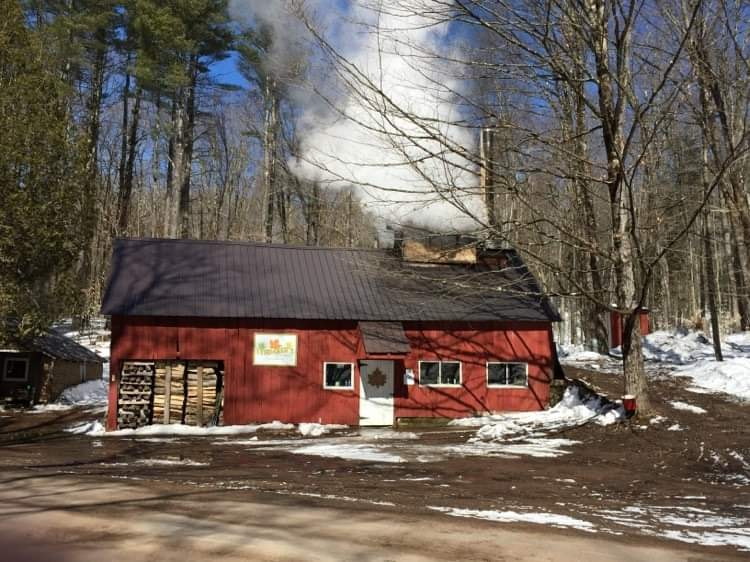 Once bottled, maple syrup is available year-round, but early spring is the narrow window in which it is produced each year. In early March, hundreds of sugarmakers open their doors to visitors so they can watch the process firsthand. Depending where and when you go, you might get the chance to tour the sugar bush (the stands of trees that the sap is harvested from), go inside and look around the sugar shack as the sap boils, get a look at the equipment needed to turn sap to syrup and get that syrup bottled for sale, and of course try some sweet samples and shop for some to take home.
Once bottled, maple syrup is available year-round, but early spring is the narrow window in which it is produced each year. In early March, hundreds of sugarmakers open their doors to visitors so they can watch the process firsthand. Depending where and when you go, you might get the chance to tour the sugar bush (the stands of trees that the sap is harvested from), go inside and look around the sugar shack as the sap boils, get a look at the equipment needed to turn sap to syrup and get that syrup bottled for sale, and of course try some sweet samples and shop for some to take home.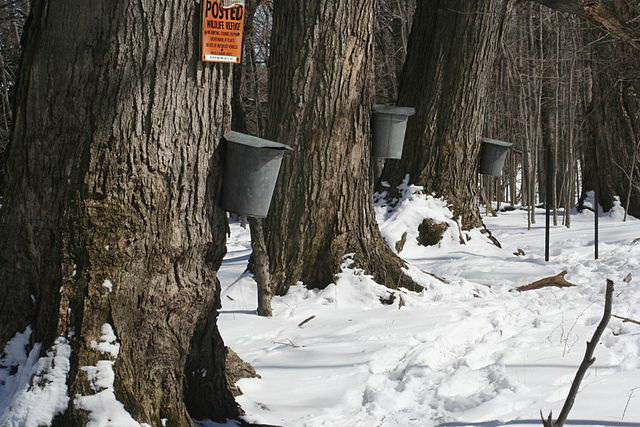 Upstate New York is also home to the International Maple Museum, on the western edge of the Adirondacks near the town of Lowville, where you can learn more about the history and techniques of maple syrup making.
Upstate New York is also home to the International Maple Museum, on the western edge of the Adirondacks near the town of Lowville, where you can learn more about the history and techniques of maple syrup making.But even if you miss out on the short but sweet tree-tapping and bottling season, you can purchase authentic local maple syrup from the sellers or from other gift shops, farm stands, and other stores year-round—and mark your calendar for next year if you want to see the maple syrup making process firsthand.
PHOTO CREDITS
Welcome sign photo credit NYS Maple Weekend
New York State maple syrup display photo credit NYS Maple
Sugarmaker boiling sap photo credit NYS Maple Weekend
Sugar house photo credit NYS Maple Weekend
Maple Sap Buckets photo credit Dave Pape
posted at: 2023-03-03 18:47:00, last updated: 2023-04-15 07:23:44













